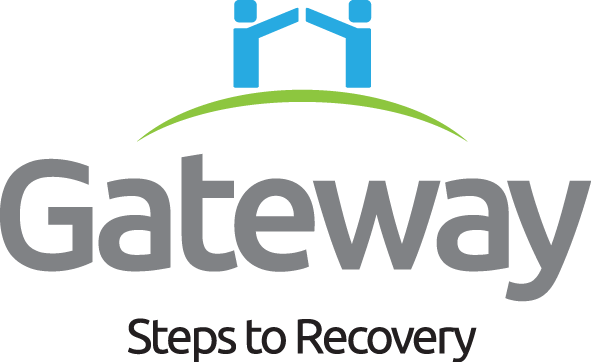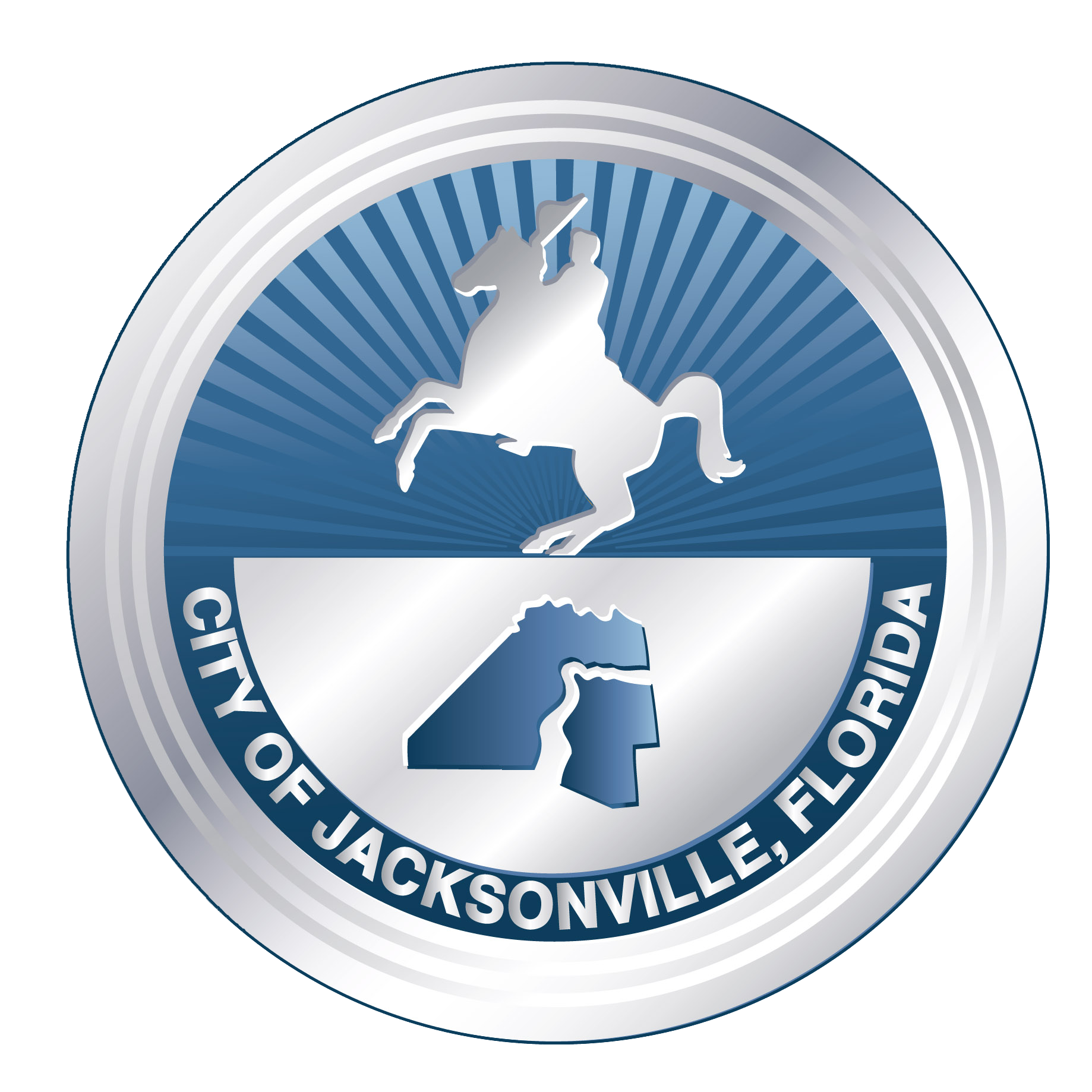The National Survey on Drug Use and Health (NSDUH) is an annual nationwide survey involving interviews with approximately 70,000 randomly selected individuals aged 12 and older. The Substance Abuse and Mental Health Services Administration (SAMHSA), which funds NSDUH, is an agency of the U.S. Public Health Service in the U.S. Department of Health and Human Services (DHHS).
NSDUH is authorized by Section 505 of the Public Health Service Act, which requires annual surveys, to collect data on the level and patterns of substance use. Through a competitive bidding process, SAMHSA selected Research Triangle Institute (RTI) to conduct the NSDUH through 2017. RTI has successfully conducted the survey since 1988. RTI’s role in this long-term national effort includes study design, sample selection, data collection, data processing, analysis, and reporting.
Data from the NSDUH provides national and state-level estimates on the use of tobacco products, alcohol, illicit drugs (including non-medical use of prescription drugs) and mental health in the United States. To assess and monitor the nature of drug and alcohol use and the consequences of abuse, NSDUH strives to:
- provide accurate data on the level and patterns of alcohol, tobacco and illegal substance use and abuse;
- track trends in the use of alcohol, tobacco, and various types of drugs;
- assess the consequences of substance use and abuse; and identify those groups at high risk for substance use and abuse.
A scientific random sample of households is selected across the United States, and a professional RTI interviewer makes a personal visit to each selected household. Once a household is chosen, no other household can be substituted for any reason. This practice is to ensure the NSDUH data represents the many different types of people in the United States.
After answering a few general questions during the in-person visit by the interviewer, one or two residents of the household may be asked to participate in the survey. If an individual is selected for the interview, their participation is voluntary, but no other person can take their place. Since the survey is based on a random sample, each selected person represents more than 4,500 United States residents.
All selected persons are encouraged to participate, whether or not they use or know anything about tobacco products, alcohol, or illicit drugs. In order to know the percentage of people who do use these substances, we also must know how many people do not. Participation from all selected persons is important as questions in the survey ask about a number of health-related topics relevant to all people.
Many government agencies, private organizations, individual researchers, and the public at large use NSDUH data. For instance, many state health agencies use NSDUH data to estimate the need for treatment facilities. Other federal, state, and local agencies, such as the White House Office of National Drug Control Policy and the U.S. Department of Justice, use the information to support prevention programs and monitor drug control strategies.
Substance Abuse Estimates From The 2013 NSDUH
Illicit Drug Use:
Population 12 or older
- In 2013, an estimated 24.6 million Americans aged 12 or older were current (past month prior to survey) illicit drug users. This represents 9.4 percent.
- Marijuana was the most commonly used illicit drug, with 19.8 million current users aged 12 or older (7.5 percent).
- There were 6.5 million nonmedical users of prescription-type drugs (2.5 percent), including 4.5 million nonmedical users of prescription pain relievers (1.7 percent).
- There were 1.5 million current cocaine users aged 12 or older, or 0.6 percent of the population.
- An estimated 1.3 million individuals aged 12 or older in 2013 (0.5 percent) used hallucinogens in the past month.
- An estimated 496,000 individuals aged 12 or older were current inhalant users, which represents 0.2 percent of the population.
- There were about 289,000 current heroin users aged 12 or older, or 0.1 percent of the population.
Adolescents Aged 12 to 17
- In 2013, there were 2.2 million adolescents aged 12 to 17 who were current illicit drug users. This represents 8.8 percent of adolescents.
- 7.1 percent of adolescents were current users of marijuana.
- 2.2 percent were current nonmedical users of prescription-type drugs (including 1.7 percent who were current nonmedical users of pain relievers).
- 0.6 percent were current users of hallucinogens.
- 0.5 percent were current users of inhalants.
- 0.2 percent were current users of cocaine.
- 0.1 percent were current users of heroin.
Adults aged 18 or older
- There were 22.4 million adults aged 18 or older who currently used illicit drugs in 2013. This represents 9.4 percent of adults.
- In 2013, 7.6 percent of adults were current users of marijuana.
- 2.5 percent were current nonmedical users of prescription-type drugs (including 1.7 percent who were current nonmedical users of pain relievers).
- 0.5 percent were current users of hallucinogens
- 0.6 percent were current users of cocaine.
- 0.2 percent were current users of inhalants.
- 0.1 percent were current users of heroin.
NSDUH asks respondents aged 12 or older about their alcohol use in the 30 days before an interview. Current alcohol use is defined as any use of alcoholic beverages such as beer, wine, liquor, brandy, or mixed drinks and cocktails in the past 30 days. Occasions when the respondent only had a sip or two from an alcoholic beverage are not included. Binge alcohol use is defined here as drinking five or more drinks on the same occasion on at least 1 day in the past 30 days. Heavy alcohol use is defined as drinking five or more drinks on the same occasion on 5 or more days in the past 30 days.
Alcohol Use:
Population 12 or older
Slightly more than half (52.2 percent) of Americans aged 12 or older were current alcohol users, which translates to an estimated 136.9 million current drinkers in 2013. Nearly one quarter (22.9 percent) of individuals aged 12 or older in 2013 were binge alcohol users. This translates to about 60.1 million people. In 2013, heavy drinking was reported by 6.3 percent of the population aged 12 or older, or 16.5 million people.
Adolescents Aged 12 to 17
In 2013, 11.6 percent of adolescents aged 12 to 17 were current alcohol users, representing 2.9 million adolescents. Many of these adolescents reported past month binge drinking (6.2 percent or 1.6 million adolescents) and 1.2 percent (293,000 adolescents) were heavy alcohol users.
Adults aged 18 or older
In 2013, 56.4 percent of adults aged 18 or older were current drinkers of alcohol, which translates to an estimated 134 million current adult drinkers. Nearly one quarter (24.6 percent) of adults aged 18 or older in 2013 (58.5 million adults) were binge alcohol users. The percentage of adults engaging in heavy drinking was 6.8 percent (16.2 million adults).
Data used in this article was taken from SAMHSA’s website. The focus was on substance use/abuse. The actual report also includes data on:
- Substance Use Disorder
- Substance Use Treatment
- Mental Health Issues and Mental Health Care
- Co-occurring Substance Use Disorders and Mental Health Issues.
For a more detailed report, visit:
http://store.samhsa.gov/shin/content/NSDUH14-0904/NSDUH14-0904.pdf
